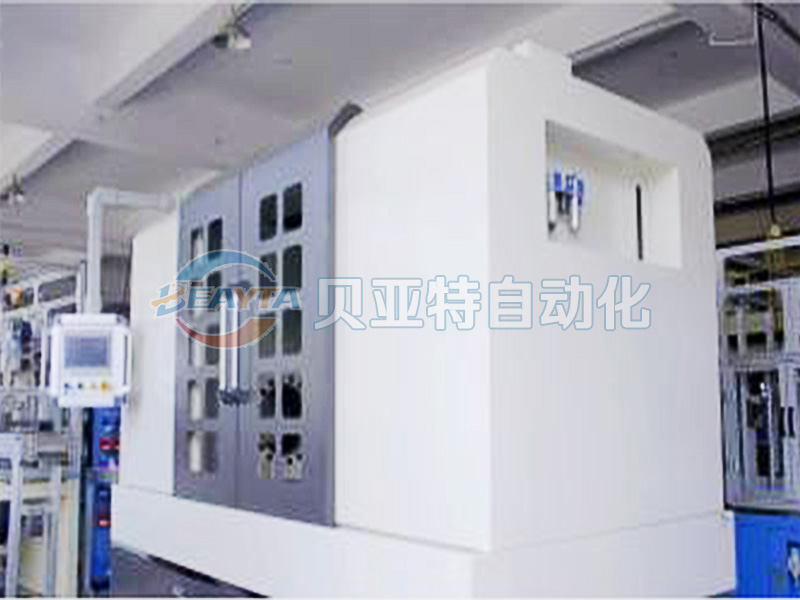 English
English Español
Español  Português
Português  русский
русский  Français
Français  日本語
日本語  Deutsch
Deutsch  tiếng Việt
tiếng Việt  Italiano
Italiano  Nederlands
Nederlands  ภาษาไทย
ภาษาไทย  Polski
Polski  한국어
한국어  Svenska
Svenska  magyar
magyar  Malay
Malay  বাংলা ভাষার
বাংলা ভাষার  Dansk
Dansk  Suomi
Suomi  हिन्दी
हिन्दी  Pilipino
Pilipino  Türkçe
Türkçe  Gaeilge
Gaeilge  العربية
العربية  Indonesia
Indonesia  Norsk
Norsk  تمل
تمل  český
český  ελληνικά
ελληνικά  український
український  Javanese
Javanese  فارسی
فارسی  தமிழ்
தமிழ்  తెలుగు
తెలుగు  नेपाली
नेपाली  Burmese
Burmese  български
български  ລາວ
ລາວ  Latine
Latine  Қазақша
Қазақша  Euskal
Euskal  Azərbaycan
Azərbaycan  Slovenský jazyk
Slovenský jazyk  Македонски
Македонски  Lietuvos
Lietuvos  Eesti Keel
Eesti Keel  Română
Română  Slovenski
Slovenski  मराठी
मराठी  Srpski језик
Srpski језик
What should be noted when selecting valve electric devices?
2023-11-30
At present, the distribution of the valve market is mainly based on the construction of engineering projects. The users of valves are petrochemical industry, power industry, metallurgical industry, chemical industry, and urban construction industry. The petrochemical industry mainly uses API standard gate valves, globe valves, and check valves; The power sector mainly uses high-temperature gate valves, globe valves, check valves, and safety valves in power plants, as well as low-pressure butterfly valves and gate valves in some water supply and drainage valves; The chemical industry mainly uses stainless steel gate valves, globe valves, and check valves; The metallurgical industry mainly uses low-pressure large-diameter butterfly valves, oxygen globe valves, and oxygen ball valves; The urban construction department mainly uses low-pressure valves, such as large-diameter gate valves for urban water pipelines, midline butterfly valves for building construction, and metal sealed butterfly valves for urban heating; Oil pipelines mainly use flat gate valves and ball valves; The pharmaceutical industry mainly uses stainless steel ball valves; Stainless steel ball valves are mainly used in the food industry.
Valve electric device is a device that realizes valve program control, automatic control, and remote control. Its movement process can be controlled by the size of stroke, torque, or axial thrust. Due to the fact that the working characteristics and utilization of valve electric devices depend on the type of valve, working specifications, and position of the valve on the pipeline or equipment, the correct selection of valve electric devices is crucial to prevent overloading (working torque higher than control torque). Therefore, the correct selection of valve electric devices is very important. So, what should be paid attention to when choosing a valve electric device?

The correct selection criteria for valve electric devices are generally as follows:
The operating torque is the main parameter for selecting the valve electric device, and the output torque of the electric device should be 1.2-1.5 times the maximum torque of the valve operation.
There are two main structures for operating the thrust valve electric device: one is to output torque directly without a thrust disc; Another approach is to configure a thrust disc, which converts output torque into output thrust through the valve stem nut in the thrust disc.
The number of output shaft rotations of the valve electrical device is related to the nominal diameter of the valve, the pitch of the valve stem, and the number of thread heads. It should be calculated according to M=H/ZS (M is the total number of rotations that the electric device should meet, H is the valve opening height, S is the thread pitch of the valve stem transmission thread, and Z is the number of thread heads of the valve stem).
For multi rotating stem valves, if the electrical device allows a larger stem diameter that cannot pass through the valve stem of the matched valve, it cannot be assembled into an electric valve. Therefore, the inner diameter of the hollow output shaft of the electrical device must be greater than the outer diameter of the rising stem valve. For some rotary valves and non rising stem valves in multi rotary valves, although the diameter of the valve stem does not need to be considered, the size of the valve stem diameter and keyway should also be fully considered when selecting, so that it can work normally after assembly.
If the opening and closing speed of the output speed valve is too fast, it is easy to produce water hammer. Therefore, appropriate opening and closing speeds should be selected based on different usage conditions.
Valve electric devices have special requirements, which require the ability to limit torque or axial force. Valve electric devices typically use torque limiting couplings. After determining the specifications of the electric device, determine the control torque. Generally, it runs within a predetermined time and the motor will not overload. However, if the following situations occur, it may cause overloading: firstly, the power supply voltage is low, unable to obtain the required torque, causing the motor to stop rotating; The second is the incorrect adjustment of the torque limiting mechanism, causing it to exceed the stopping torque, resulting in excessive continuous torque and causing the motor to stop rotating; Thirdly, the accumulation of heat generated by intermittent use exceeds the allowable temperature appreciation of the motor; Fourthly, for some reason, torque limits the malfunction of the mechanism circuit, resulting in excessive torque; Fifthly, excessively high ambient temperature relatively reduces the thermal capacity of the motor.
In the past, the methods for protecting motors were to use fuses, overcurrent relays, thermal relays, thermostats, etc., but each of these methods had its own advantages and disadvantages. Variable load equipment without reliable protection for electric equipment. Therefore, various combination methods must be used, which can be summarized into two types: one is to determine the increase or decrease of the motor input current; Another way is to determine the heating condition of the motor itself. Both of these methods should consider the time margin given for the motor's thermal capacity.
Generally speaking, the basic protection method for overload is: a thermostat is used to protect the motor from overload during continuous operation or jogging; Thermal relay is used to protect the motor from blockage; For short circuit accidents, use fuses or overcurrent relays.




